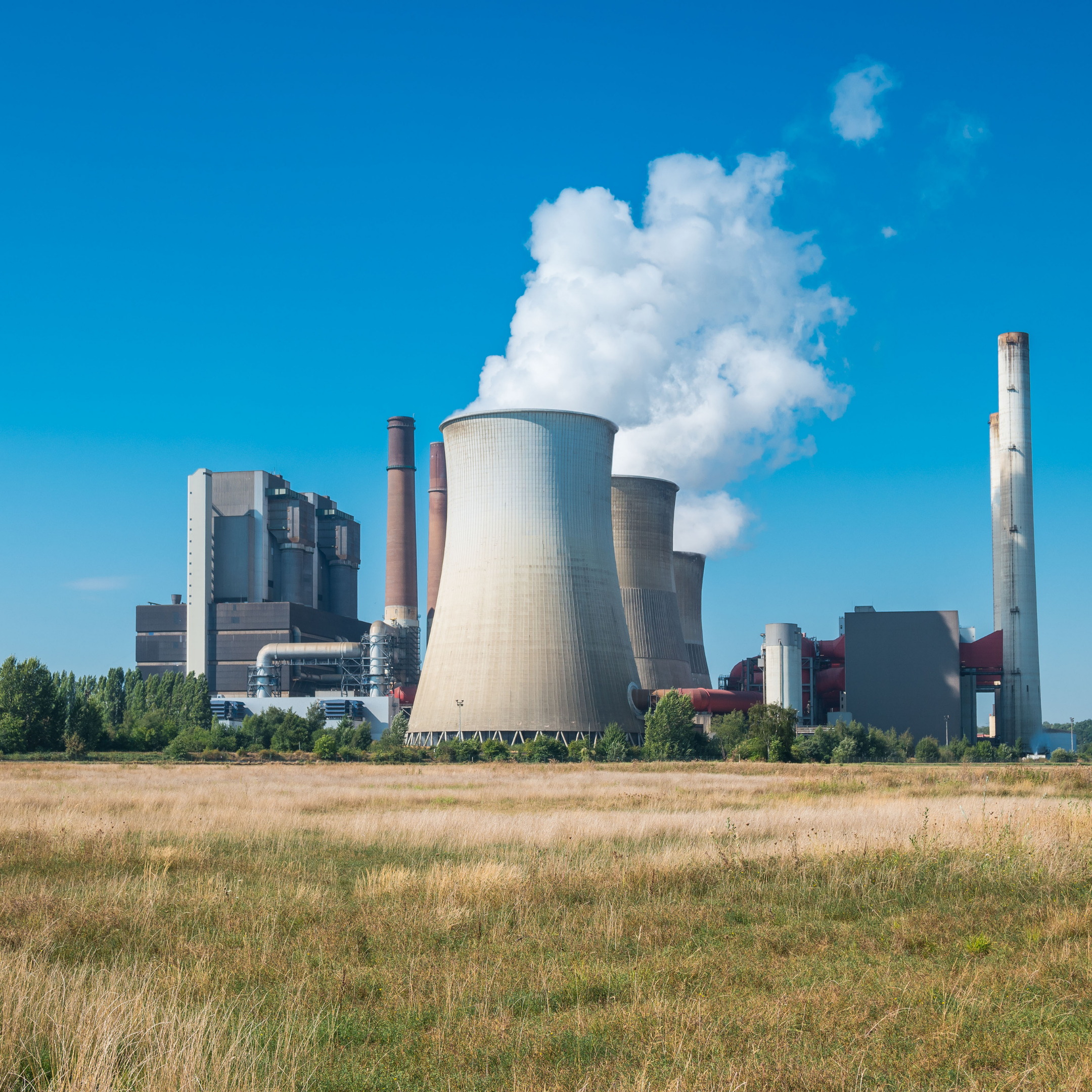Since the release of the latest Electricity Statement of Opportunities (ESOO), Edge has updated its energy price forecast and the energy landscape is looking difficult for the remaining baseload coal generators. Most of the coal-fired generators remain in vertically integrated portfolios which used to use the cheap coal generation to subsidise the more expensive gas and renewable generation. With the increased penetration of renewables, the cost for these assets has reduced and become a burden on the portfolio. With the cost to maintain the thermal units to meet reliability standards and generating less, the cost per MWh is increasing.
The change in the market is reducing the value of what non-renewable generation has on portfolios. Companies with large coal exposures have written down their coal assets and needed to change their business model to survive.
Renewables are pushing out coal-fired power stations and putting increased pressure on the gas-fired generators. Over the last decade, renewable energy has been gaining market share and with reducing installation costs, the share of the market has increased over the last 5 years. In the last 2 years, renewables have generated more electricity than brown coal following the closure of Northern Power Station in South Australia and Hazelwood in Victoria.
Black Coal Power Stations are next to be impacted by renewables. Although until recently the biggest threat has been for Solar during daylight hours, which still allows the thermal generators to make their required returns outside solar hours. This equation is changing with the increased penetration of batteries that will increasingly allow solar generation to be time-shifted into non-daylight hours and hence reducing the number of hours thermal generation can control spot prices.
With Solar, we are seeing a marginal cost of generation of $0/MWh so these power stations bid into the market at $0/MWh which pushes more expensive generation further up the bid stack. When negative spot prices occur, increasingly we are seeing large scale solar generation curtailing their generation to reduce their exposure to negative prices. Due to the nature of Solar generation which can increase or decrease their generation very quickly, this practice is causing issues for the market operator.
The energy market is cyclic, we have seen high prices which lead to investment in generation followed by low prices as demand grows to meet the extra generation. Between 2017 and 2020 we had record-high prices across the NEM following the closure of Hazelwood. We are now experiencing record low prices because of the influx of cheap renewable generation. These low prices are putting pressure on the financial modelling of future renewables, which has the potential to impact the supply and demand balance in the future once the aging coal-fired fleet retires.
Capacity factor, the ratio of actual electricity output to the maximum electricity production from that specific asset, is falling for all coal-fired generators. The next coal-fired power station to close has dropped in capacity to 42% and other aging power stations have also dropped well below 70%.
The first state to have no coal-fired generation is South Australia and this state has been working through the challenges of a market filled with intermittent generation. The market operator has worked to resolve the technical issues arising from high penetration of intermittent generation, these solutions are starting to be used across the NEM.
South Australia at this moment in time is where we will see the other states in future years. System stability is becoming the issue and finding solutions to provide inertia which is key to system stability.
Another issue for the market is when the intermittent generation does not generate the demand that needs to be met for more expensive dispatchable generation such as fast responding gas turbines.
The problem for the market is not the increased penetration of renewable energy or system security, it is who and what fill the supply gap once intermittent generation is taken out of the equation. At times this residual amount can be very high.
The reserve can be filled by coal or gas, but the baseload units are not designed to only operate on the part of the days when they are required. Currently, these units stay online 24hrs per day. The only option they have is to reduce their output to minimum load to reduce output and potential losses resulting from very low prices.
As the coal plants become older and less reliable the service, they provide becomes less dependable, so more reliable solutions such as gas-fired generation or batteries once they become commercially viable are the solution. This leaves coal-fired generators in a market that they can’t sustain their required returns and can’t provide the service with the market needs due to their lack of flexibility.
As the growth in renewable increases, coal will be pushed out as the financial pressure on the generators and retailers increases. Retailers will renew their fleet of assets to meet the future need of their business and reducing maintenance costs and reducing emission liabilities will be the key driver to retiring the coal fleet. Coal-fired power stations are struggling to make the required returns now with most stations unable to remain viable after 2030 if the current price trend continues.
The government may have thrown the coal-fired generators a lifeline with the Energy Security Board (ESB) capacity market post-2025, where generators will be paid to remain available to provide inertia and other system security services. The issue with the lifeline is in the future. There will be other technologies that will be able to provide these services at low prices, making coal-fired generators obsolete.

